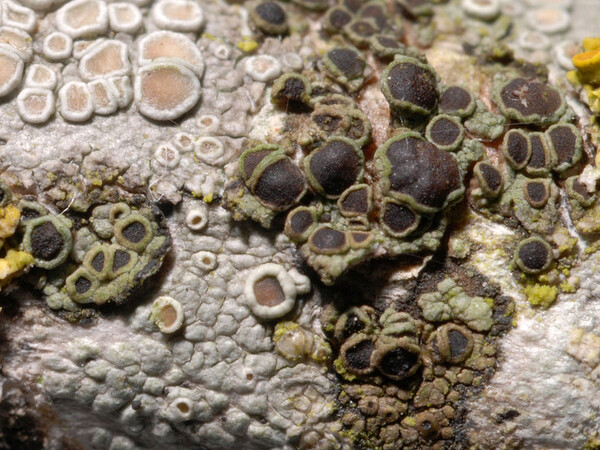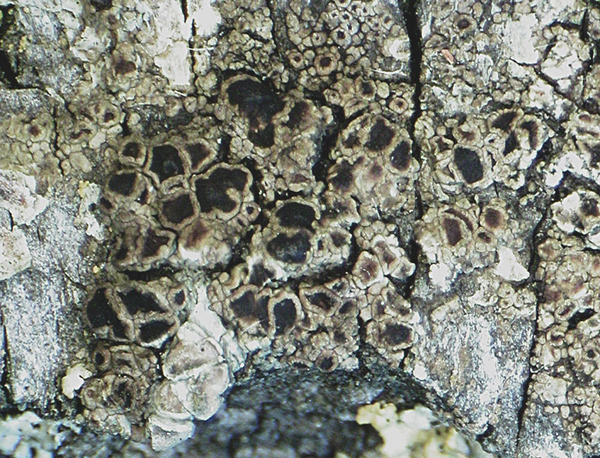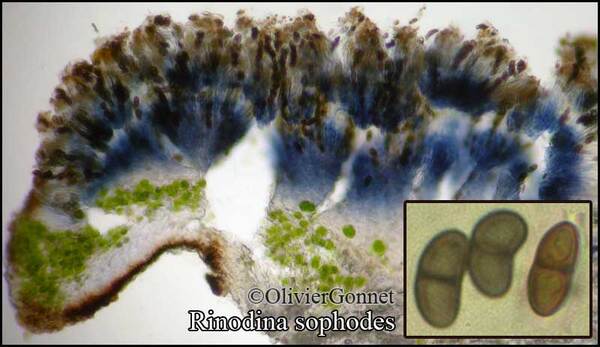Rinodina sophodes (Ach.) A. Massal.
Ric. Auton. Lich. Crost.: 14, 1852. Basionym: Lichen sophodes Ach. - Lichenogr. Suec. Prodr.: 67, 1799.
Synonyms: Berengeria sophodes (Ach.) Trevis.; Dimelaena sophodes (Ach.) Norman; Gasparrinia sophodes (Ach.) Tornab.; Lecanora sophodes (Ach.) Ach.; Parmelia sophodes (Ach.) Ach.; Rinodina albana f. orbicularis A. Massal.; Rinodina sophodes var. lusitanica H. Magn.; Rinodina sophodes var. orbicularis (A. Massal.) H. Olivier
Distribution: N - VG (Giralt & Mayrhofer 1995), Frl (Giralt & Mayrhofer 1995, Badin & Nimis 1996), Ven (Lazzarin 2000b, Thor & Nascimbene 2007), TAA (Nascimbene & al. 2007b, 2022, Nimis & al. 2015), Lomb (Arosio & Rinaldi 1995, Arosio & al. 2000, 2003), Piem (Caniglia & al. 1992, Arosio & al. 1998, Isocrono & al. 2003, Griselli & al. 2003, Matteucci & al. 2010, Giordani & Malaspina 2016), VA (Piervittori & Isocrono 1999), Emil (Giralt & Mayrhofer 1995, Morselli & Regazzi 2006, Tretiach & al. 2008, Benesperi 2009, Fariselli & al. 2020), Lig (Giordani & Incerti 2008, Giordani & al. 2025). C - Tosc (Loppi & al. 1997b, 2002, Loppi & Putortì 2001, Benesperi & al. 2007, Benesperi 2011), Marc (Nimis & Tretiach 1999, Frati & Brunialti 2006, Loppi & Frati 2006), Umb (Nimis & Tretiach 1999, Ravera & al. 2006, Panfili 2007), Laz (Nimis & Tretiach 2004, Ruisi & al. 2005), Abr (Olivieri & al. 1997, 1997b, Nimis & Tretiach 1999, Brackel 2015), Mol (Nimis & Tretiach 1999, Caporale & al. 2008, Genovesi & Ravera 2014, Caporale & Ravera 2020), Sar (Giralt & Mayrhofer 1995, Zedda 2002, Rizzi & al. 2011, Cossu 2013, Neuwirth 2018, Di Nuzzo & al. 2022). S - Camp (Aprile & al. 2002, 2003, 2003b, Nimis & Tretiach 2004, Garofalo & al. 2010, Catalano & al. 2012, 2016, Brunialti & al. 2013, Ravera & Brunialti 2013), Pugl (Giralt & Mayrhofer 1995, Nimis & Tretiach 1999, Brackel 2011), Bas (Giralt & Mayrhofer 1995, Nimis & Tretiach 1999), Cal (Giralt & Mayrhofer 1995, Puntillo 1996, Puntillo & Puntillo 2004), Si (Lich. Graec. 15: Obermayer 1995, Giralt & Mayrhofer 1995, Schicchi & al. 1997, Caniglia & Grillo 2006b, Cataldo & Minissale 2015, Campisi & al. 2020).
Description: Thallus crustose, episubstratic, pale grey to reddish brown or olive-brown, rimose or rimose-areolate, forming small patches often delimited by a dark prothallus which is also visible inside the cracks. Apothecia lecanorine, 0.3-0.8(-1.1) mm across, crowded, immersed to adnate, rarely becoming sessile, usually contiguous and covering most of the thallus, with a dark brown to black, persistently flat disc, and a thin, entire, persistent thalline margin. Thalline exciple corticate, the cortex expanded in lower part, (25-)30-50(-60) µm thick, I+ blue; epithecium red-brown, K-; hymenium colourless, (60-)80-100(-130) µm high, I+ blue; paraphyses 1.7-2.3 µm thick at mid-level, the apical cells 3-4(-5.5) µm wide; hypothecium colourless, up to 70 µm high, I+ blue. Asci 8-spored, clavate, the K/I+ blue tholus penetrated by a faintly amyloid apical cushion with parallel or diverging flanks, the wall K/I-, surrounded by a K/I+ blue outer layer, Lecanora-type. Ascospores 1-septate, constricted at septum, pigmented, ellipsoid, (10-)13-17(-19) x (6.5-)7-8(-9) µm, Milvina-type, with smooth ot minutely warted walls and rounded lumina, the torus well-developed, the ontogeny of type A (apical wall thickening after septum formation). Pycnidia black, immersed in thallus. Conidia bacilliform, 3.5-5 x 1-1.5 µm. Photobiont chlorococcoid. Spot tests: K-, C-, KC-, P-, UV-. Chemistry: without lichen substances. Note: a widespread temperate early coloniser of smooth bark, most common on twigs and branches, with a wide ecological amplitude and a correspondingly wide altitudinal range.
Growth form: Crustose
Substrata: bark
Photobiont: green algae other than Trentepohlia
Reproductive strategy: mainly sexual
Pioneer species
Commonnes-rarity: (info)
Alpine belt: absent
Subalpine belt: rather rare
Oromediterranean belt: absent
Montane belt: extremely common
Submediterranean belt: rather rare
Padanian area: very rare
Humid submediterranean belt: rather rare
Humid mediterranean belt: rare
Dry mediterranean belt: extremely rare

Predictive model
Herbarium samples
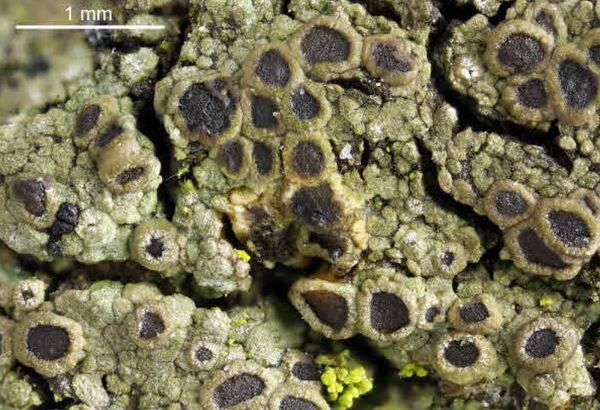

Felix Schumm – CC BY-SA 4.0
[16490], Germany, Baden-Württemberg, Kreis Göppingen, südlich Gammelshausen beim Kornberg, auf Carpinus, 690 m


P.L. Nimis; Owner: Department of Life Sciences, University of Trieste
Herbarium: TSB (4433)
2001/11/29
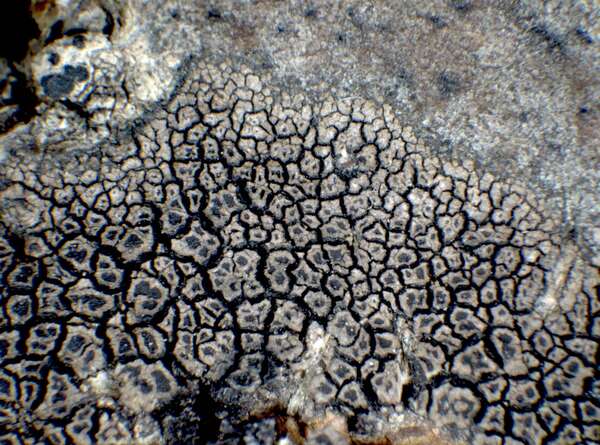

P.L. Nimis; Owner: Department of Life Sciences, University of Trieste
Herbarium: TSB (4433)
2001/11/29
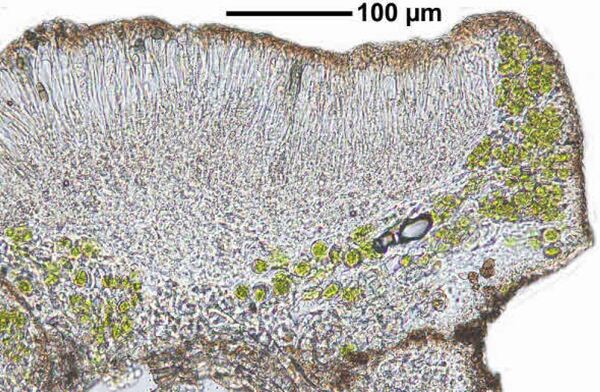

Felix Schumm – CC BY-SA 4.0
[16490], Germany, Baden-Württemberg, Kreis Göppingen, südlich Gammelshausen beim Kornberg, auf Carpinus, 690 m
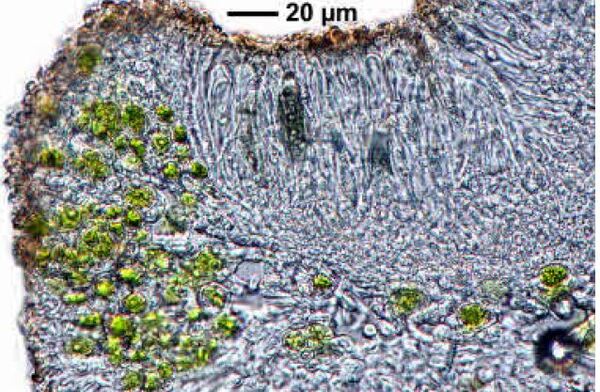

Felix Schumm – CC BY-SA 4.0
[16490], Germany, Baden-Württemberg, Kreis Göppingen, südlich Gammelshausen beim Kornberg, auf Carpinus, 690 m


Felix Schumm – CC BY-SA 4.0
[16490], Germany, Baden-Württemberg, Kreis Göppingen, südlich Gammelshausen beim Kornberg, auf Carpinus, 690 m
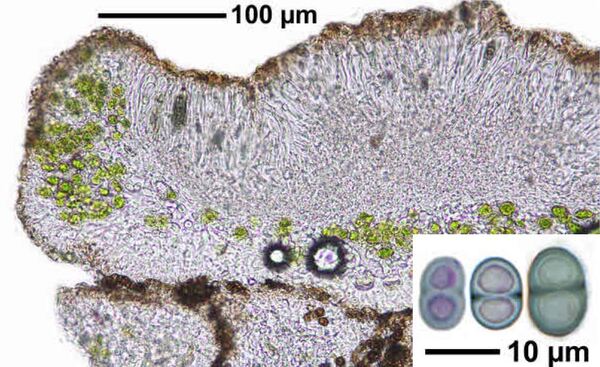

Felix Schumm – CC BY-SA 4.0
[16490], Germany, Baden-Württemberg, Kreis Göppingen, südlich Gammelshausen beim Kornberg, auf Carpinus, 690 m
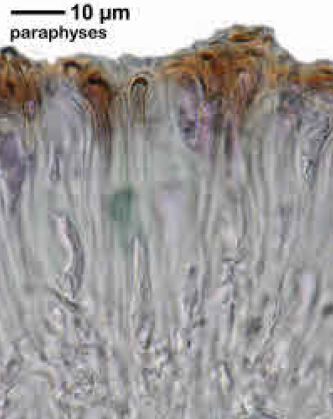

Felix Schumm – CC BY-SA 4.0
[16490], Germany, Baden-Württemberg, Kreis Göppingen, südlich Gammelshausen beim Kornberg, auf Carpinus, 690 m


Felix Schumm – CC BY-SA 4.0
[16490], Germany, Baden-Württemberg, Kreis Göppingen, südlich Gammelshausen beim Kornberg, auf Carpinus, 690 m


Felix Schumm – CC BY-SA 4.0
[16490], Germany, Baden-Württemberg, Kreis Göppingen, südlich Gammelshausen beim Kornberg, auf Carpinus, 690 m
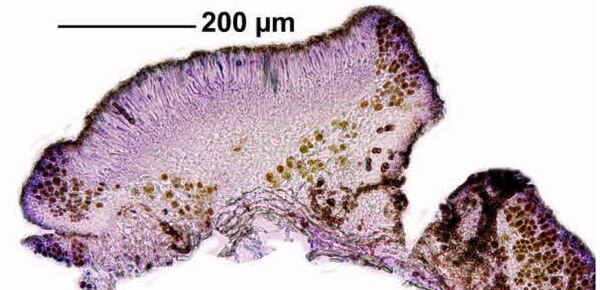

Felix Schumm – CC BY-SA 4.0
[16490], Germany, Baden-Württemberg, Kreis Göppingen, südlich Gammelshausen beim Kornberg, auf Carpinus, 690 m
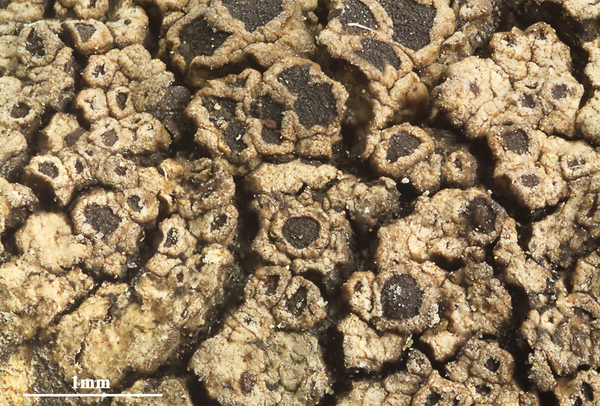

Felix Schumm - CC BY-SA4.0
[20871], Greece, autonomous State Mount Athos at the Athos peninsula, 1.6 km SW of the summit of Mount Athos, path from Skiti Mikris Agias Annas to the Ekklesia Agiasma Panagias, 40°08'44'' N, 24°19'04'' E, 1220 m. On small twigs of Fraxinus ornus.Leg. H. Mayrhofer (no 21839) & H. Teppner, 19.06.1994, det. H. Mayrhofer. LICHENOTHECA GRAECENSIS NO. 496.
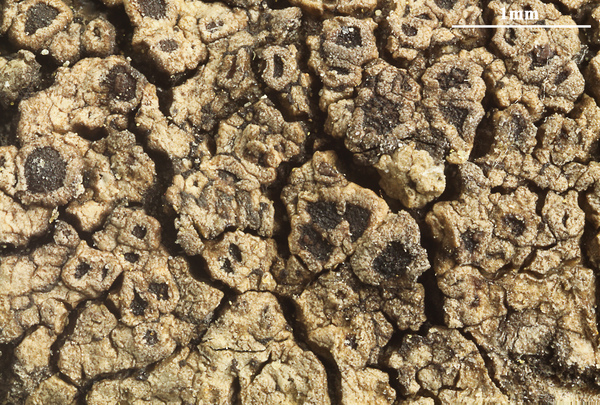

Felix Schumm - CC BY-SA4.0
[20871], Greece, autonomous State Mount Athos at the Athos peninsula, 1.6 km SW of the summit of Mount Athos, path from Skiti Mikris Agias Annas to the Ekklesia Agiasma Panagias, 40°08'44'' N, 24°19'04'' E, 1220 m. On small twigs of Fraxinus ornus.Leg. H. Mayrhofer (no 21839) & H. Teppner, 19.06.1994, det. H. Mayrhofer. LICHENOTHECA GRAECENSIS NO. 496.
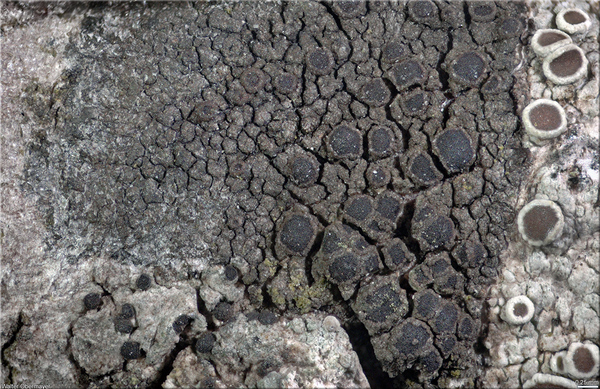
Walter Obermayer CC BY-SA 4.0 - Source: Lichens of Noricum - http://lichens-of-noricum.uni-graz.at/
Austria
Obermayer 12660
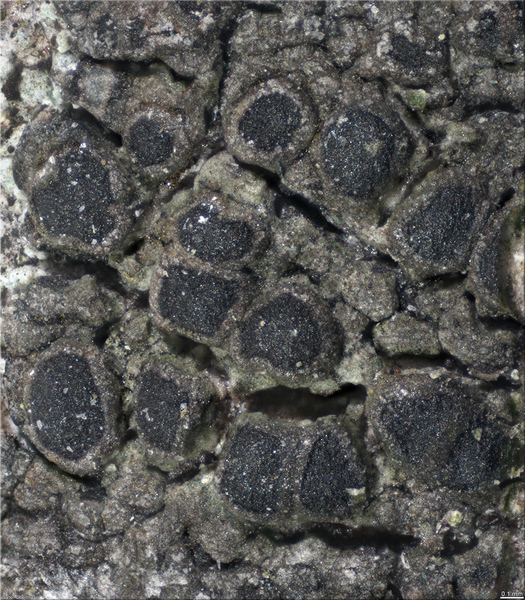
Walter Obermayer CC BY-SA 4.0 - Source: Lichens of Noricum - http://lichens-of-noricum.uni-graz.at/
Austria
Obermayer 12660
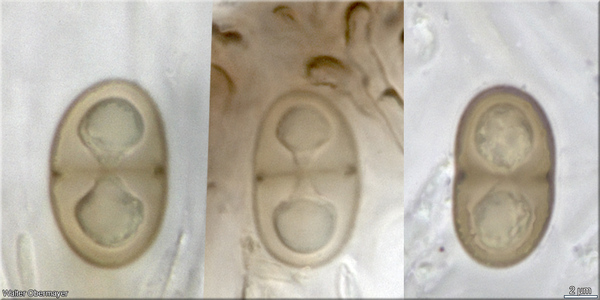
Walter Obermayer CC BY-SA 4.0 - Source: Lichens of Noricum - http://lichens-of-noricum.uni-graz.at/
Austria
Obermayer 12660
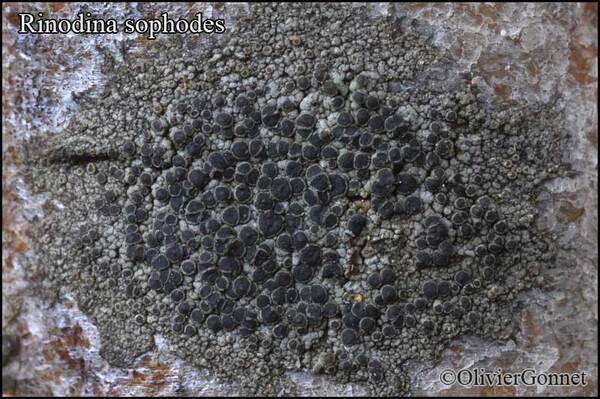
Courtesy Danièle et Olivier Gonnet - Source: https://www.afl-lichenologie.fr/Photos_AFL/Photos_AFL_R/Rinodina_sophodes.htm
France, 7 oct. 2012 - Mont Saxonnex - Haute-Savoie
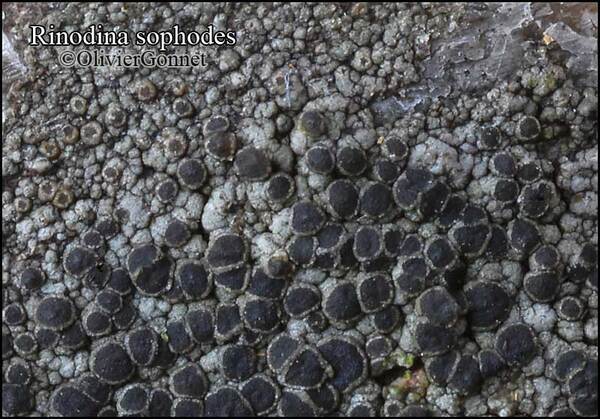
Courtesy Danièle et Olivier Gonnet - Source: https://www.afl-lichenologie.fr/Photos_AFL/Photos_AFL_R/Rinodina_sophodes.htm
France, 7 oct. 2012 - Mont Saxonnex - Haute-Savoie
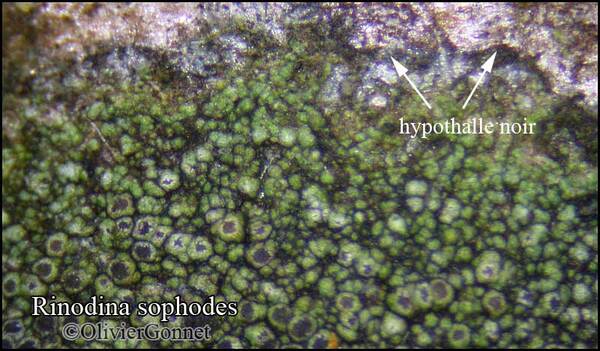
Courtesy Danièle et Olivier Gonnet - Source: https://www.afl-lichenologie.fr/Photos_AFL/Photos_AFL_R/Rinodina_sophodes.htm
France, 7 oct. 2012 - Mont Saxonnex - Haute-Savoie

Courtesy Danièle et Olivier Gonnet - Source: https://www.afl-lichenologie.fr/Photos_AFL/Photos_AFL_R/Rinodina_sophodes.htm
France, 7 oct. 2012 - Mont Saxonnex - Haute-Savoie
Growth form: Crustose
Substrata: bark
Photobiont: green algae other than Trentepohlia
Reproductive strategy: mainly sexual
Pioneer species
Commonnes-rarity: (info)
Alpine belt: absent
Subalpine belt: rather rare
Oromediterranean belt: absent
Montane belt: extremely common
Submediterranean belt: rather rare
Padanian area: very rare
Humid submediterranean belt: rather rare
Humid mediterranean belt: rare
Dry mediterranean belt: extremely rare

Predictive model
| Herbarium samples |


Felix Schumm – CC BY-SA 4.0
[16490], Germany, Baden-Württemberg, Kreis Göppingen, südlich Gammelshausen beim Kornberg, auf Carpinus, 690 m


P.L. Nimis; Owner: Department of Life Sciences, University of Trieste
Herbarium: TSB (4433)
2001/11/29


P.L. Nimis; Owner: Department of Life Sciences, University of Trieste
Herbarium: TSB (4433)
2001/11/29


Felix Schumm – CC BY-SA 4.0
[16490], Germany, Baden-Württemberg, Kreis Göppingen, südlich Gammelshausen beim Kornberg, auf Carpinus, 690 m


Felix Schumm – CC BY-SA 4.0
[16490], Germany, Baden-Württemberg, Kreis Göppingen, südlich Gammelshausen beim Kornberg, auf Carpinus, 690 m


Felix Schumm – CC BY-SA 4.0
[16490], Germany, Baden-Württemberg, Kreis Göppingen, südlich Gammelshausen beim Kornberg, auf Carpinus, 690 m


Felix Schumm – CC BY-SA 4.0
[16490], Germany, Baden-Württemberg, Kreis Göppingen, südlich Gammelshausen beim Kornberg, auf Carpinus, 690 m


Felix Schumm – CC BY-SA 4.0
[16490], Germany, Baden-Württemberg, Kreis Göppingen, südlich Gammelshausen beim Kornberg, auf Carpinus, 690 m


Felix Schumm – CC BY-SA 4.0
[16490], Germany, Baden-Württemberg, Kreis Göppingen, südlich Gammelshausen beim Kornberg, auf Carpinus, 690 m


Felix Schumm – CC BY-SA 4.0
[16490], Germany, Baden-Württemberg, Kreis Göppingen, südlich Gammelshausen beim Kornberg, auf Carpinus, 690 m


Felix Schumm – CC BY-SA 4.0
[16490], Germany, Baden-Württemberg, Kreis Göppingen, südlich Gammelshausen beim Kornberg, auf Carpinus, 690 m


Felix Schumm - CC BY-SA4.0
[20871], Greece, autonomous State Mount Athos at the Athos peninsula, 1.6 km SW of the summit of Mount Athos, path from Skiti Mikris Agias Annas to the Ekklesia Agiasma Panagias, 40°08'44'' N, 24°19'04'' E, 1220 m. On small twigs of Fraxinus ornus.Leg. H. Mayrhofer (no 21839) & H. Teppner, 19.06.1994, det. H. Mayrhofer. LICHENOTHECA GRAECENSIS NO. 496.


Felix Schumm - CC BY-SA4.0
[20871], Greece, autonomous State Mount Athos at the Athos peninsula, 1.6 km SW of the summit of Mount Athos, path from Skiti Mikris Agias Annas to the Ekklesia Agiasma Panagias, 40°08'44'' N, 24°19'04'' E, 1220 m. On small twigs of Fraxinus ornus.Leg. H. Mayrhofer (no 21839) & H. Teppner, 19.06.1994, det. H. Mayrhofer. LICHENOTHECA GRAECENSIS NO. 496.

Walter Obermayer CC BY-SA 4.0 - Source: Lichens of Noricum - http://lichens-of-noricum.uni-graz.at/
Austria
Obermayer 12660

Walter Obermayer CC BY-SA 4.0 - Source: Lichens of Noricum - http://lichens-of-noricum.uni-graz.at/
Austria
Obermayer 12660

Walter Obermayer CC BY-SA 4.0 - Source: Lichens of Noricum - http://lichens-of-noricum.uni-graz.at/
Austria
Obermayer 12660

Courtesy Danièle et Olivier Gonnet - Source: https://www.afl-lichenologie.fr/Photos_AFL/Photos_AFL_R/Rinodina_sophodes.htm
France, 7 oct. 2012 - Mont Saxonnex - Haute-Savoie

Courtesy Danièle et Olivier Gonnet - Source: https://www.afl-lichenologie.fr/Photos_AFL/Photos_AFL_R/Rinodina_sophodes.htm
France, 7 oct. 2012 - Mont Saxonnex - Haute-Savoie

Courtesy Danièle et Olivier Gonnet - Source: https://www.afl-lichenologie.fr/Photos_AFL/Photos_AFL_R/Rinodina_sophodes.htm
France, 7 oct. 2012 - Mont Saxonnex - Haute-Savoie

 INDEX FUNGORUM
INDEX FUNGORUM
 GBIF
GBIF
 DOLICHENS
DOLICHENS
